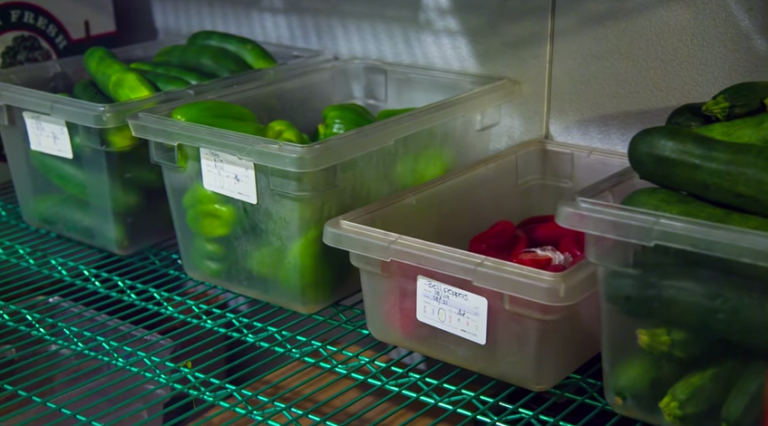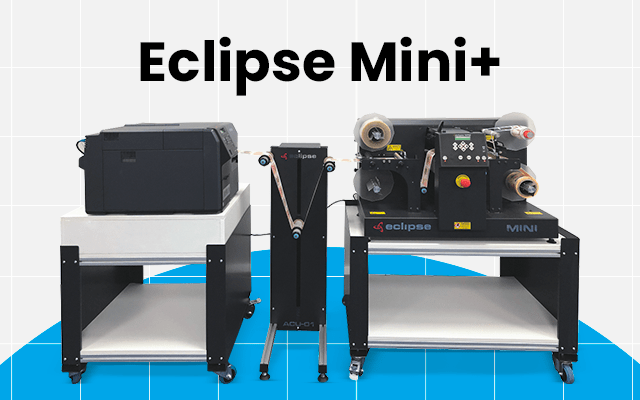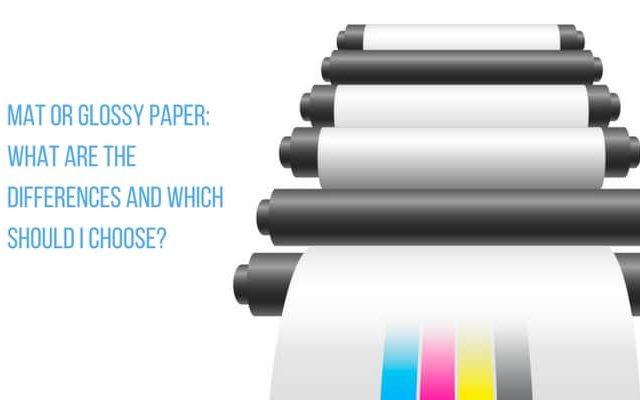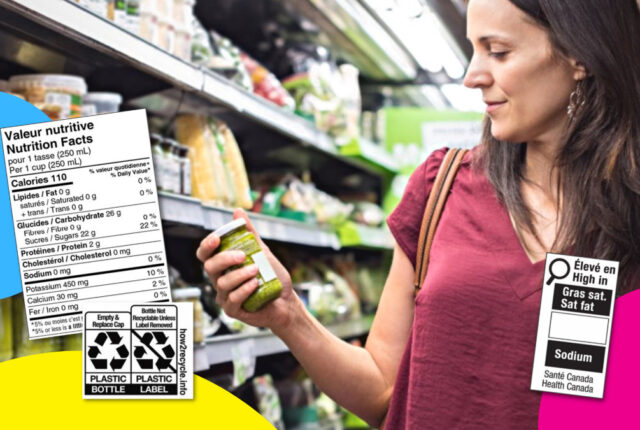According to the United Nations Environmental Program (UNEP)
- 33% of all food produced worldwide, gets lost or thrown away
- 1 in 8 people in the world (that’s approximately 842 million people), suffer from hunger or malnutrition
Also, food waste causes
- Over-usage of fertilizers and pesticides
- Excess fuel use in transportation
- The creation of methane from rotting food creating greenhouse gasses contributing to global warming.
- It also squanders many resources such as water, land, labor, and energy
It’s appalling.
In the restaurant industry, where massive amounts of foods are served every day, it is estimated that up to 10% of food destined to be used, is thrown away during preparation either because
- It was improperly prepared
- It was not considered fresh enough
- It didn’t look good enough
This waste represents billions of pounds of lost food every year. Although there are many initiatives under way by the United Nations and other large organizations to alleviate food waste as an overall problem, one solution from a packaging industry company in North Carolina caught our attention.
UPM Raflatac, uses food rotation labelling products to zero in on the problem of unprepared food being thrown away because it is not fresh enough. In a busy restaurant kitchen using a vast amount ingredients, it is easy to lose track of when a fruit, vegetable or meat arrived and consequently, how fresh it is. These pre-printed day of the week labels enable the staff to quickly and easily identify expiration dates applied to the food, creating a food rotation system.
The labels can have different characteristics, based on restaurant needs. Some labels are water dissolvable, quickly breaking down and vanishing during the rinsing process without clogging drains and leaving no residue behind. Another type of label is extremely durable, and can withstand industrial dishwashing conditions. This type of label also enables employees to know what food was previously in the container and thus avoid possible issues with consumer food allergies. All labels can remove cleanly without residues that could absorb contaminants.
In addition to being a practical way to reduce food spoilage and container cross-contamination, this system is also good for a restaurant’s bottom-line as it helps everyone be more attuned to inventory efficiency and cost control.
This solution may seem like a drop in the bucket for the reduction of food waste but remember that the restaurant industry is big and if all kitchens had this system, the numbers would become significant indeed.
If you’d like to find out more about these and other labelling solutions for your business, let us know, we’ll be happy to help.







